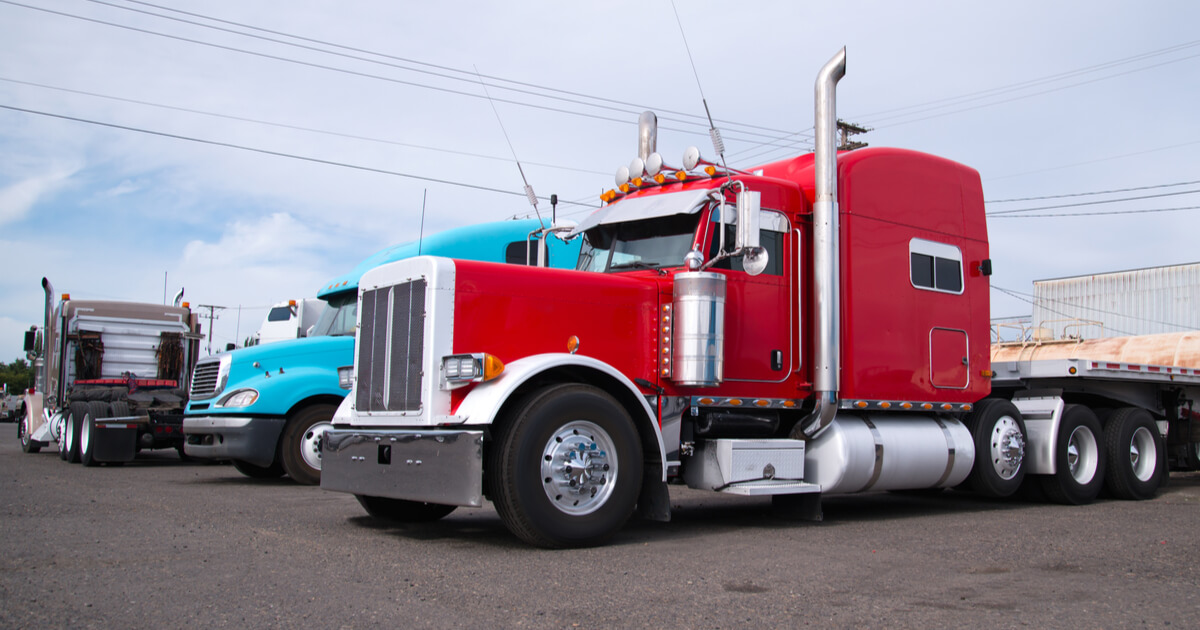
A recent sleeper truck report indicates that late models are holding value better than older rigs. The sudden growing divide begs the question of whether heightened truck emission regulations are playing a role.
A Sandhills Global Market Report shows that an increased number of sleepers manufactured during the last five years have come online despite supply chain disruption. Trucks that are seven years old or older are experiencing more pronounced declines in value than newer rigs.
According to the report, sleepers made since 2015 lost only 10 percent of their value. Trucks made since 2107 actually gained value by an average of 8 percent in 2022. But those built before that year suffered stunning value losses of 40 to 60 percent, year-over-year (YOY). The Sandhills Market Report also announced these key takeaways.
- Asking values have historically begun their decline when inventory levels turn; April marked the fifth straight month-over-month increase in heavy-duty sleeper truck inventory. April 2022 inventory levels were down 14.8 percent YOY, a dramatic improvement from March when inventory levels were down 33.9 percent YOY.
- Heavy-duty sleeper trucks in the 7-year-plus age group historically represent 27 percent of the total sleeper truck inventory; as of April, that age group accounts for 36 percent of the total sleeper truck inventory
- Heavy-duty sleeper auction values increased 62.3 percent YOY, a 7-percentage point decrease from the start of the year when auction values were up 69 percent YOY.
- As shown in the graph, asking values for late-model sleeper trucks have displayed less decline than older models, likely due to the lack of new production available to replace the commercial trucks.
- While auction values for sleeper trucks manufactured prior to 2015 have declined sharply, posting 40- to 60-percentage point YOY decreases since January, asking prices for sleeper trucks in that age group have decreased by just 10 percentage points.
Led by California, states continue to press more stringent truck emissions rules, and older tractors are being phased out of circulation. The California Air Resources Board (CARB) plans to sunset diesel engines 13 years old or older by year’s end. Truckers operating rigs with engines built before 2009 won’t be able to renew registrations. And CARB officials appear unwilling to dole out exemptions or tap the brakes on its rules.
“We are not planning any blanket delays for the drayage trucks,” Cari Anderson, a CARB official, reportedly stated. “As you know, the (present) drayage rule sunsets at the end of this year, and those trucks will then have to comply with the Truck and Bus Regulation.”
While a wide variety of market forces impact used ruck values, the trend to phase out older models that typically produce a higher volume of emissions appears to be a driving economic factor.
Sources: freightwaves.com, prnewswire.com











Leave a Comment